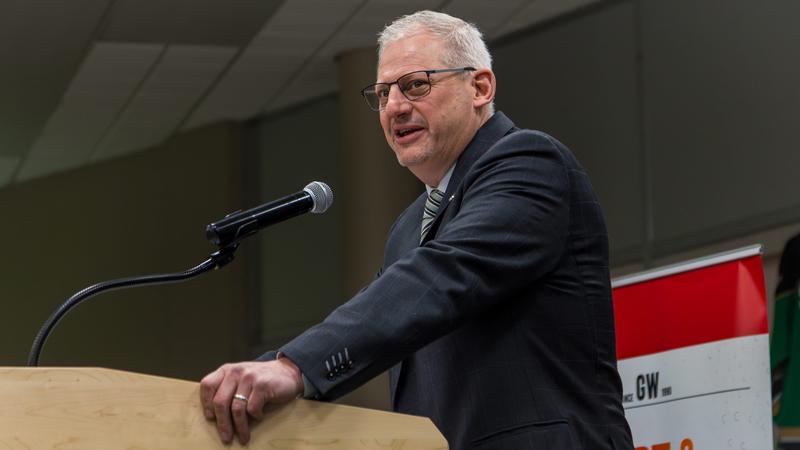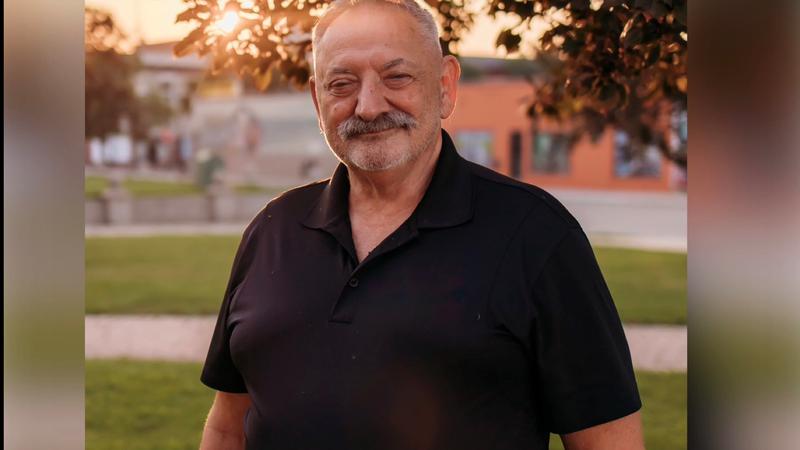
Raiders GM Hunt shares thoughts on NCAA rule change to allow CHL players
The NCAA has never allowed athletes who have ‘competed at a professional level’ at any point in their career to compete in collegiate athletics, and hockey players who have come through the CHL have always been considered professional hockey players in the eyes of the NCAA.
After a number of changes in the NCAA that see football players and gymnasts making money off their likeness while competing at the collegiate level, the NCAA on Thursday voted to remove the professional distinction from CHL players and now allow them to play in the NCAA.
While a lot of the specifics will have to be ironed out, Prince Albert Raiders General Manager Curtis Hunt sees nothing but positives coming out of this, particularly for the players.
“This is for the players, I think just an incredible thing that they’ve done to remove those restrictions. First off, there’s always been tension with players wanting to come to our league, we are the best development league in the world. I think we stand alone that way and I think we’ve put pressure on those kids because of this rule, and that’s the only thing that’s kept kids from ‘Do I sign? Do I not sign? Do I come to the league? I don’t want to lose my scholarship or my eligibility’. But now, this is going to drive every junior player in North America to the CHL, to our training camps.”


